Description
Corn Starch
Native corn starch is a loose, fine white powder with a neutral taste and smell. Production involves cleaning the corn endosperm, then milling it with water. The gluten and starch are then separated, and the suspension is dried to be processed into a powder.
Corn starch consists of two polymers of glucose-amylose and amylopectin in different proportions depending on the type of corn. It has thickening properties, but does not change the taste of the product.
Salsal Trading SA offers corn starch produced without GMO and from European corn.
| Physical and chemical characteristics | Value |
|---|---|
| Humidity | Max. 13,0% |
| pH value (10% solution) | 4,5 – 5,5 |
| Ash (550 °C) | About 0.2% in dry matter |
| Bulk density | 450 – 550 g/l |
| SO2 | Max. 10 mg/kg in s (in substance) |
| Gelatinization temperature | 80 – 85 °C |
| Appearance | White to slightly yellow, floury powder |
| Smell | Pure, specific |
| Taste | Pure, specific |
The shelf life of cornstarch is 24 months. Store it in a clean, dry place, away from unpleasant odors and at a temperature below 25°C.
Salsal Trading SA offers corn starch in 25 kg packages, Big Bags and bulk.
Cornstarch is widely used in the production of sauces, glazes, soups and ready meals due to its thickening properties. It also increases the moisture of baked goods, especially gluten-free ones.
In animal nutrition, corn starch is used for cattle, poultry and fish feed. It is used as a thickener, giving the feed the right consistency. In addition, native corn starch is also a source of energy for animals.
In pharmaceutical and medical applications, native corn starch is used, for example, as a lubricant for surgical gloves. In cosmetics, the product can be a substitute for talc in baby products.
Corn Starch is also used in the paper industry. It acts as a filler and increases the stability of paper. It also takes part in the production of adhesives, thanks to its good bonding strength.

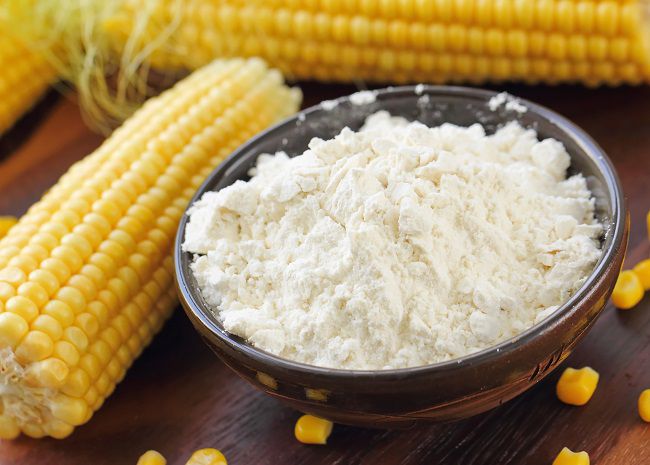
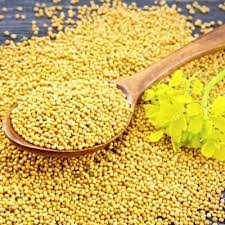

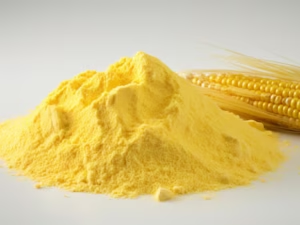
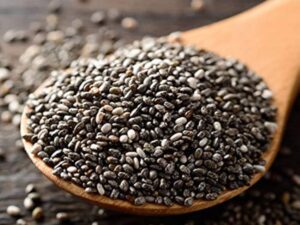

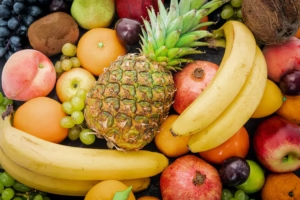


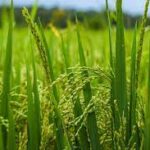


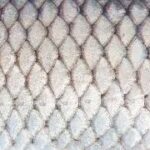

Reviews
There are no reviews yet.